With the development of time, many Chinese traditional crafts and techniques have fallen into oblivion due to time-consuming nature. In order to protect their inheritance, Intangible Cultural Heritage was born.
Recently aired TV culture cdrama "Hi Producer" is a series that involves intangible cultural heritage themes. Directed by Gao Han, written by Zhou Mo, starring Guo Xiaodong as the lead actor alongside Zhang Nan, Li Xiaoran, and Zhang Bo among others; it fully showcases the exquisite craftsmanship and inheritance of intangible cultural heritage skills.
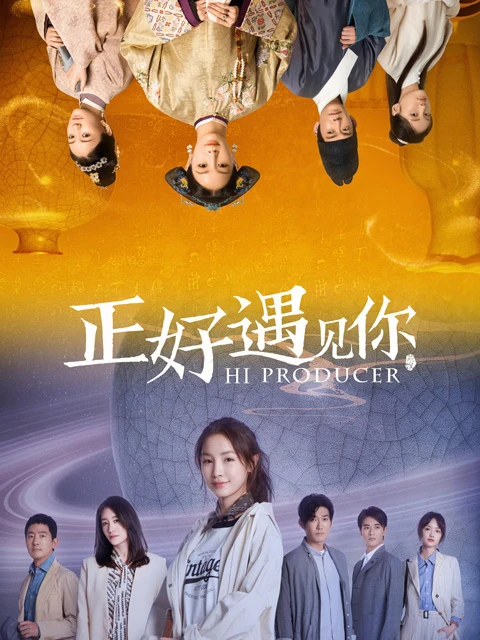
The plot of the drama "Hi Producer" revolves around a major cultural program "Chuan Cheng (传承, Heritage)". The program directed by Gu Shiyong (Zheng Kai), and the female lead writer-director Yu Zaizao (Zhang Nan) join in, competing with Yuan Jiaying (Sun Yihan) for the position of chief writer-director.
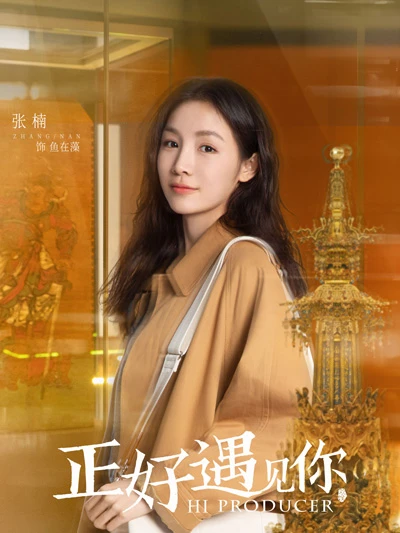
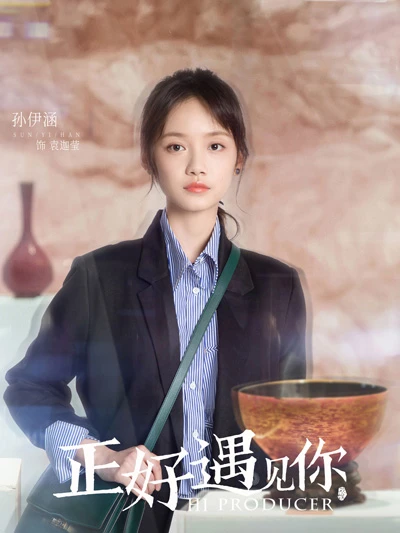
In order to form a high quality production team of programs, the team also invites veteran host Wang Xinin (Li Xiaoran) and young cultural relic expert Tao Tang (Zhang Bo) to join. Through their collective efforts, "Chuan Cheng" finally becomes a phenomenal cultural program. During the filming process, Yu Zaizao initially lacked empathy but gradually opens up his heart and eventually gains fulfilling friendships as well as career success.
As exquisite crafts such as filigree inlay, and cheongsam making appear on the screen, ancient skills once again become the focus of attention. "Hi Producer" creatively approaches related themes with a youthful narrative style and unique perspective. Unlike previous TV dramas that involved traditional culture, this series cleverly chooses a "play within a play" structure; it is itself a drama about cultural relics while also featuring a cultural program to enable viewers to get closer to intangible cultural heritage.
For a long time, superb craftsmanship and beautiful cultural relics have been separated from ordinary people by certain distances. To appreciate them, one must only visit museums where they are shielded behind thick glass walls. What "Hi Producer" seeks to achieve is to break down the barrier between audiences and cultural relics. While different viewers may hold diverse opinions regarding the dramatic conflicts depicted in each episode, there is no denying that every traditional craft featured deserves admiration and reflection.
A TV version of "Masters in The Forbidden City"
In 2016, a documentary series called "Masters in The Forbidden City" became a hot topic of discussion. Why did this documentary attract such a large audience? The answer lies firstly in its subject matter; it stripped away the veil of mystery surrounding traditional cultural relics and presented an ancient palace from a youthful perspective, bringing about freshness through strong contrasts. No one can deny the charm of those exquisite cultural relics, but there has always been something thin about their connection to people - until now.
To gain acceptance from viewers, there must be a bridge between culture and humanity. In "Hi Producer ", protagonist Yu Zaizao delivers her famous line: "What audiences really care about is people and the connection between them and cultural relics." This is precisely what this TV adaptation aims to achieve, bridging that gap between people and artifacts.
The story begins with a cultural program called "Chuan Cheng" that focuses on Intangible Cultural Heritage. Viewers may have seen similar programs like "National Treasure", but they are often unable to gain an in-depth understanding of the program's internal workings. In this TV drama, the camera is directed towards "Heritage", showcasing its concept, topic selection and filming process while presenting all of its difficulties to viewers from an insider's perspective.
For audiences, witnessing how a cultural show comes together from start to finish undoubtedly brings about a sense of freshness. When "Chuan Cheng" encounters its first obstacle, the uncooperative master craftsman Liu, scriptwriter Yu Zaizao makes every effort to uncover his strained relationship with his daughter.
On one hand, there is tension between father and daughter; on the other hand, Liu has invested decades into honing his craft. This clash between craftsmanship and dedication serves as both a collision point for heritage and the emotional bond between people and artifacts, much like what was depicted in "Masters in The Forbidden City".
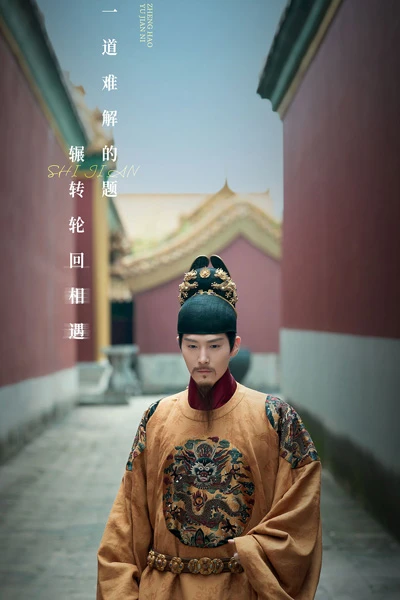
In the documentary series about Forbidden City craftsmen, the master craftsmen who repair various artifacts have dedicated half of their lives to their craft, and their deep appreciation for cultural relics has become ingrained in their blood. Watching these experienced masters teach young apprentices techniques while passing on an attitude of passion towards craftsmanship is truly inspiring.
"Hi Producer" follows this documentary-style approach and adds dramatic interpretation. Of course, due to the differences between TV dramas and documentaries, whether or not this approach succeeds can be further discussed; however, this unique perspective is worthy of praise. At least in terms of creative thinking, calling it a TV adaptation of "Masters in The Forbidden City" does not seem forced at all.
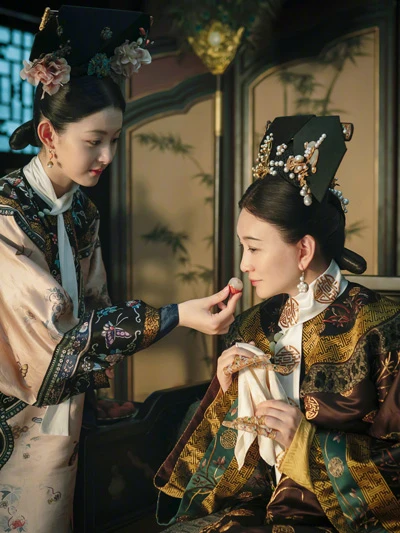
The Authentic Representation of Intangible Cultural Heritage
Aside from the cleverly arranged "play within a play" structure, each episode's ending is particularly thoughtful. In addition to the usual plot development, each episode includes a story specifically about passing down traditional crafts, not only echoing the program's name, but also delicately presenting the generational transmission of intangible cultural heritage. In past TV culture cdramas, such detailed displays of intangible cultural heritage were rare and often existed as mere background decoration, hastily glossed over.
Hi Producer's full display of details meets audiences' current curiosity towards intangible cultural heritage and actually plays a role in demystifying it while bringing viewers closer to it. At the end of the episode on filigree inlay, viewers are amazed by how to pull silk thread as thin as 0.02 millimeters - almost like human hair - leading them to exclaim. Without the previous storytelling buildup, this kind of direct display would have been somewhat abrupt.
In "Hi Producer", a sentence is used to describe each craftsman at the end of every episode, such as "nothing is too big or small on the outside and nothing is insignificant on the inside" for filigree inlay craftsman, "choose one thing and love it for a lifetime" for reeling silk craftsman, and "create classics with classics" for Qipao making craftsman. These evaluations are not only targeted towards those interviewed but also serve as a summary of the industry being covered. Such an arrangement reflects the ingenuity of its creators.
It is the responsibility of contemporary creators to make dry cultural relics come alive and imbue them with modern significance. Against this backdrop of passing down traditional culture, this drama's appearance comes at just the right time, even though some dramatic conflicts were handled somewhat roughly and may not have fully satisfied viewers. However, this direction is undoubtedly correct; TV dramas based on intangible cultural heritage should open up new perspectives.
Intangible cultural heritage, as an excellent traditional culture, needs to keep up with the times and be familiarized by more viewers. After all, the continuity of civilization depends on passing down traditions from generation to generation. Without the driving force of innovation, how can cultural reproduction continue endlessly?
"I always believe that tradition is not a thing of the past; it's like an open field where small flames flicker everywhere - these are craftsmen's passionate enthusiasm and warmth in their hands." This heartfelt expression at the end of each episode by artisans is also every viewer's eager hope for more TV dramas based on intangible cultural heritage to emerge. "Hi Producer" is a good start towards achieving this goal.

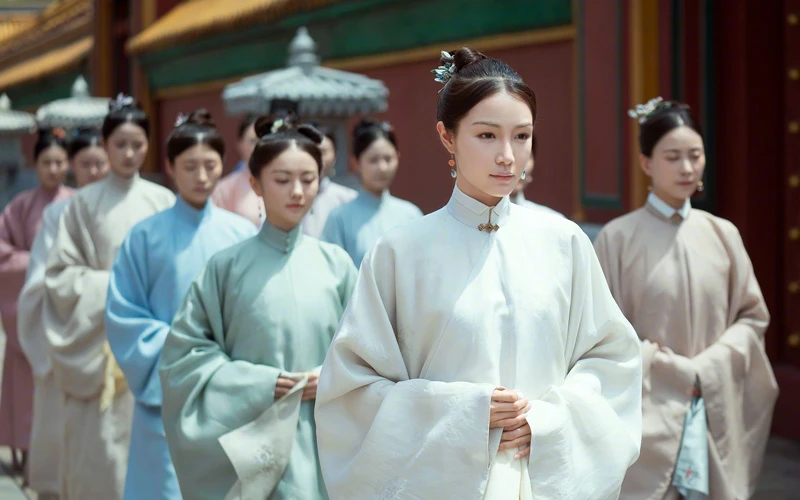
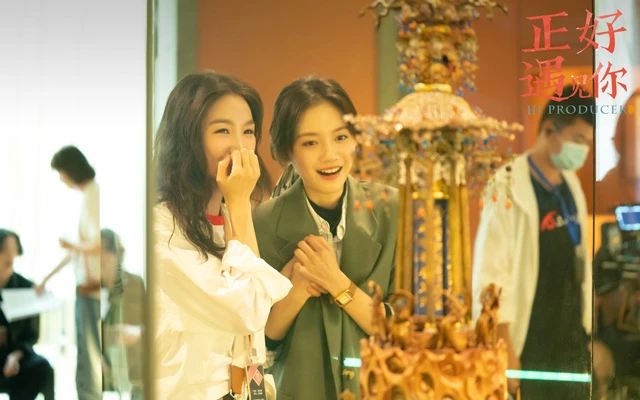
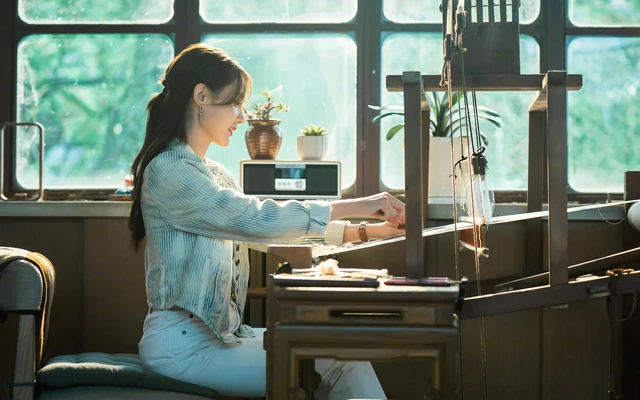
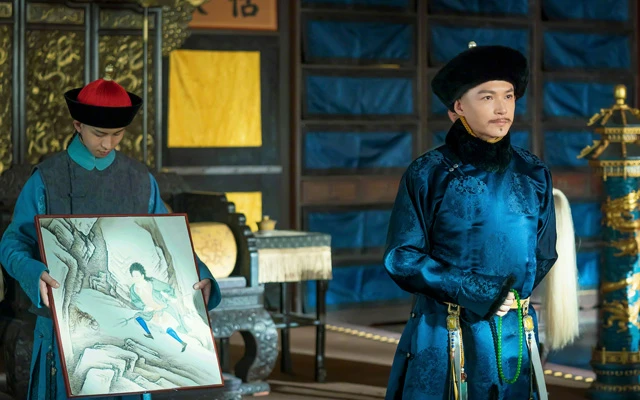
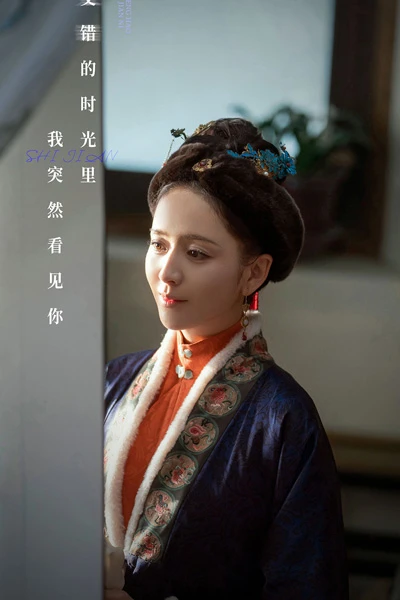
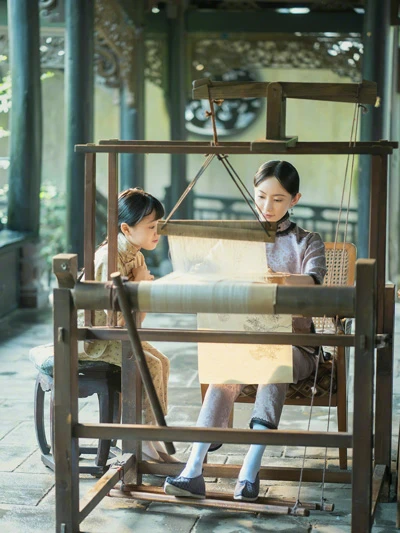
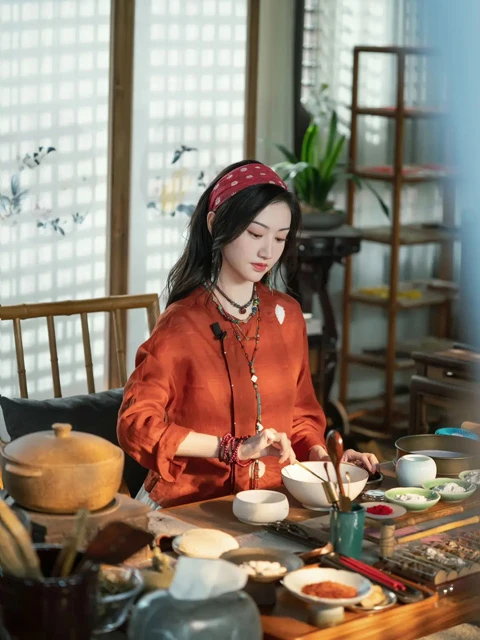
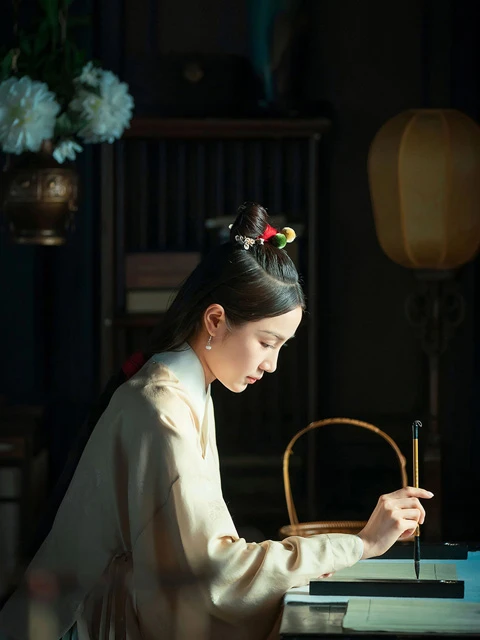
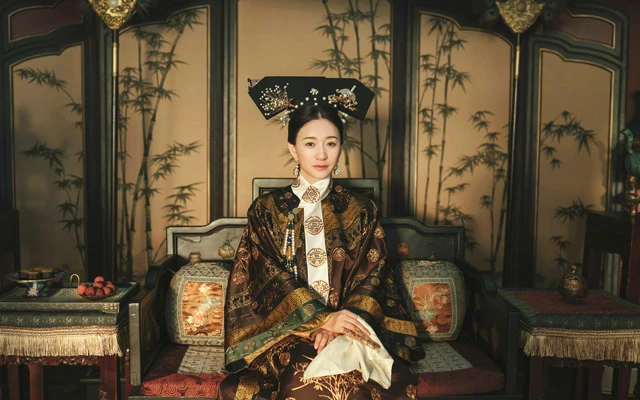


Found it with a quick search on Youtube, definitely going to have to give this one a try.